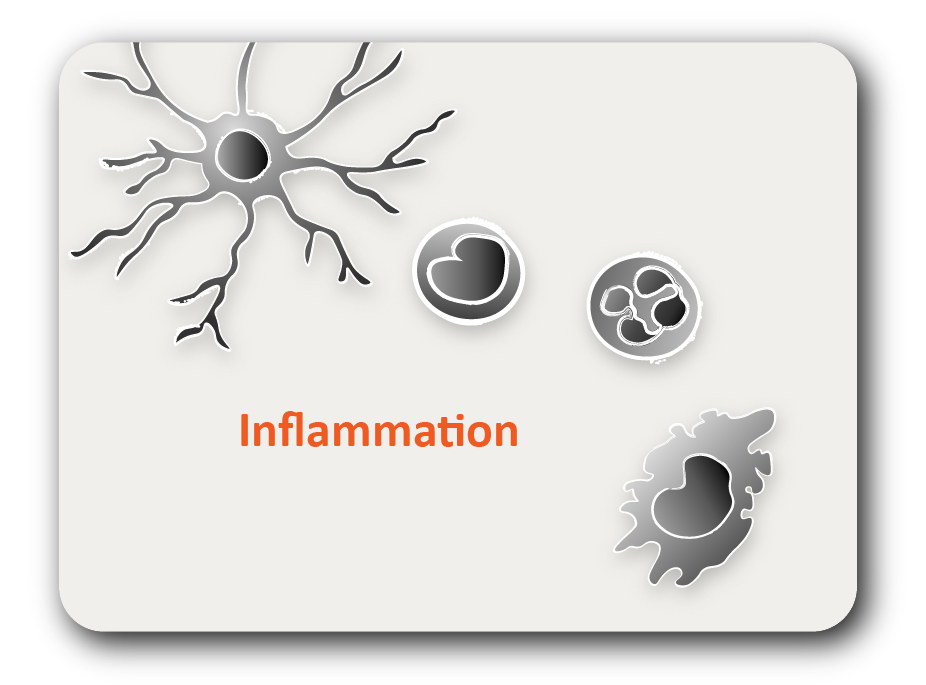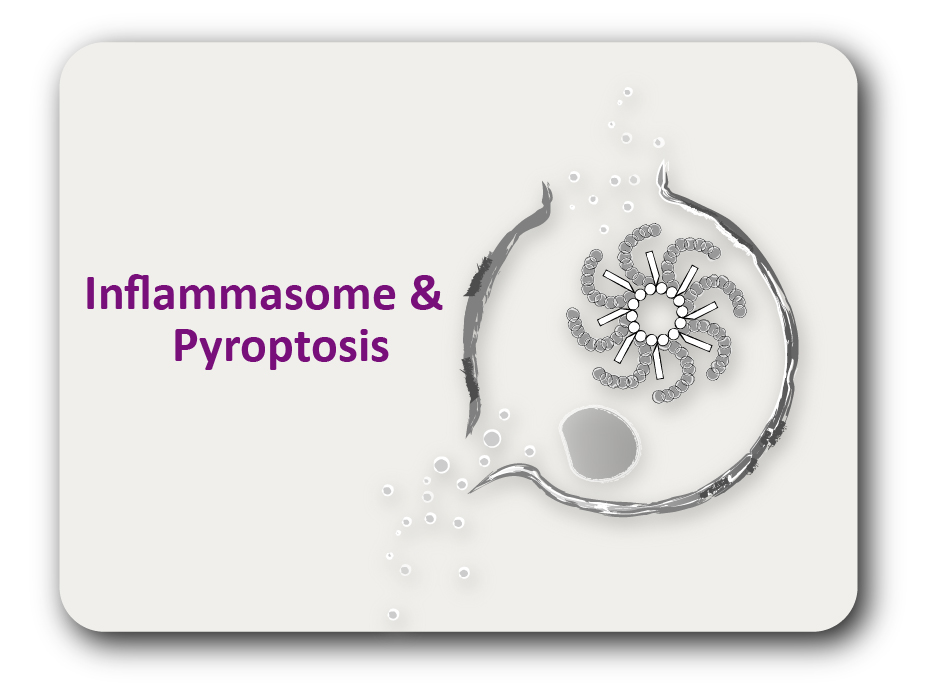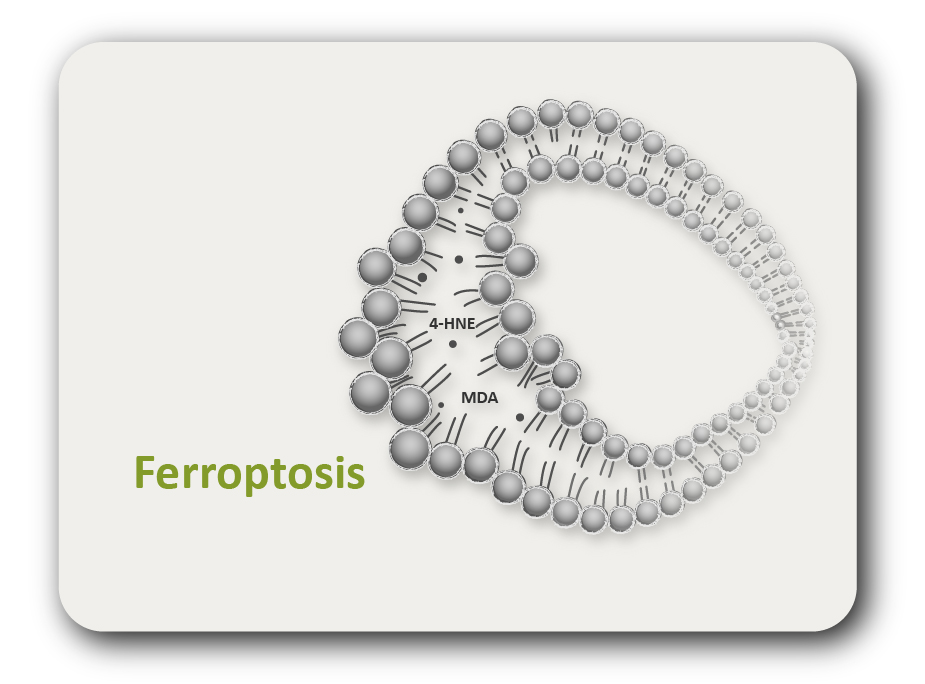ARG83510
arigoPLEX® Human Angiogenic Marker Multiplex ELISA kit (VEGF, FGF basic, HGF, IL6)
arigoPLEX® Human Angiogenic Marker Multiplex ELISA 试剂盒 (VEGF, FGF basic, HGF, IL6) for ELISA and Human
概述
| 产品描述 | ARG83510 arigoPLEX® Human Angiogenic Marker Multiplex ELISA kit (VEGF, FGF basic, HGF, IL6) is an Enzyme Immunoassay kit for the quantification of Human Angiogenic Marker (VEGF, FGF basic, HGF, IL6) in Human serum, plasma and cell culture supernatants. See all Multiplex ELISA kits |
|---|---|
| 反应物种 | Hu |
| 应用 | ELISA |
| 靶点名称 | Angiogenic |
| 偶联标记 | HRP |
| 偶联标记说明 | Substrate: TMB and read at 450 nm. |
| 灵敏度 | VEGF: 31.25 pg/ml FGF basic: 15.625 pg/ml HGF: 125 pg/ml IL-6: 15.625 pg/ml |
| 样品类型 | Serum, plasma and cell culture supernatants. |
| 标准范围 | VEGF: 62.5 - 2000 pg/ml FGF basic: 31.25 - 1000 pg/ml HGF: 250 - 8000 pg/ml IL6: 31.25 - 1000 pg/ml |
| 样本量 | 50 µl |
应用说明
| 检测时间 | 4.5 hours |
|---|
属性
| 形式 | 96 well |
|---|---|
| 存放说明 | Store components at 4°C or -20°C. Keep microplate wells sealed in a dry bag with desiccants. Do not expose test reagents to heat, sun or strong light during storage and usage. Please refer to the product user manual for detail temperatures of the components. |
| 注意事项 | For laboratory research only, not for drug, diagnostic or other use. |
生物信息
| 基因名称 | VEGFA; FGF2; HGF; IL6 |
|---|---|
| 全名 | Vascular Endothelial Growth Factor A; Fibroblast Growth Factor 2; Hepatocyte Growth Factor; Interleukin 6 |
| 背景介绍 | VEGF: Growth factor active in angiogenesis, vasculogenesis and endothelial cell growth. Induces endothelial cell proliferation, promotes cell migration, inhibits apoptosis and induces permeabilization of blood vessels. Binds to the FLT1/VEGFR1 and KDR/VEGFR2 receptors, heparan sulfate and heparin. NRP1/Neuropilin-1 binds isoforms VEGF-165 and VEGF-145. Isoform VEGF165B binds to KDR but does not activate downstream signaling pathways, does not activate angiogenesis and inhibits tumor growth. Binding to NRP1 receptor initiates a signaling pathway needed for motor neuron axon guidance and cell body migration, including for the caudal migration of facial motor neurons from rhombomere 4 to rhombomere 6 during embryonic development (By similarity). [UniProt]
FGF basic: Acts as a ligand for FGFR1, FGFR2, FGFR3 and FGFR4 (PubMed:8663044). Also acts as an integrin ligand which is required for FGF2 signaling (PubMed:28302677). Binds to integrin ITGAV:ITGB3 (PubMed:28302677). Plays an important role in the regulation of cell survival, cell division, cell differentiation and cell migration (PubMed:8663044, PubMed:28302677). Functions as a potent mitogen in vitro (PubMed:3732516, PubMed:3964259). Can induce angiogenesis (PubMed:23469107, PubMed:28302677). [UniProt] HGF: Potent mitogen for mature parenchymal hepatocyte cells, seems to be a hepatotrophic factor, and acts as a growth factor for a broad spectrum of tissues and cell types. Activating ligand for the receptor tyrosine kinase MET by binding to it and promoting its dimerization. [UniProt] IL6: Cytokine with a wide variety of biological functions. It is a potent inducer of the acute phase response. Plays an essential role in the final differentiation of B-cells into Ig-secreting cells Involved in lymphocyte and monocyte differentiation. Acts on B-cells, T-cells, hepatocytes, hematopoietic progenitor cells and cells of the CNS. Required for the generation of T(H)17 cells. Also acts as a myokine. It is discharged into the bloodstream after muscle contraction and acts to increase the breakdown of fats and to improve insulin resistance. It induces myeloma and plasmacytoma growth and induces nerve cells differentiation. [UniProt] |
| 生物功能 | VEGF:Growth factor active in angiogenesis, vasculogenesis and endothelial cell growth.
Induces endothelial cell proliferation, promotes cell migration, inhibits apoptosis and induces permeabilization of blood vessels. Binds to the FLT1/VEGFR1 and KDR/VEGFR2 receptors, heparan sulfate and heparin. Binds to the NRP1/neuropilin-1 receptor. Binding to NRP1 initiates a signaling pathway needed for motor neuron axon guidance and cell body migration, including for the caudal migration of facial motor neurons from rhombomere 4 to rhombomere 6 during embryonic development (By similarity). [UniProt] FGF basic:Plays an important role in the regulation of cell survival, cell division, cell differentiation and cell migration. [UniProt] HGF:Potent mitogen for mature parenchymal hepatocyte cells, seems to be a hepatotrophic factor, and acts as a growth factor for a broad spectrum of tissues and cell types. [UniProt] IL6:Through activation of IL6ST-YAP-NOTCH pathway, induces inflammation-induced epithelial regeneration (By similarity). [UniProt] |
| 产品亮点 | Related Product: VEGF antibodies; FGF basic antibodies; HGF antibodies; IL6 antibodies; |
检测图片 (5) Click the Picture to Zoom In
-
Antibodies Coating Pattern In Microtiter Plate of ARG83510 arigoPLEX®Human Angiogenic Marker Multiplex ELISA kit (VEGF, FGF basic, HGF, IL6)
-
ARG83510 arigoPLEX®Human Angiogenic Marker Multiplex ELISA kit standard curve image
ARG83510 arigoPLEX®Human Angiogenic Marker Multiplex ELISA kit results of a typical standard for Human VEGF run with optical density reading at 450 nm.
-
ARG83510 arigoPLEX®Human Angiogenic Marker Multiplex ELISA kit standard curve image
ARG83510 arigoPLEX®Human Angiogenic Marker Multiplex ELISA kit results of a typical standard for Human FGF basic run with optical density reading at 450 nm.
-
ARG83510 arigoPLEX®Human Angiogenic Marker Multiplex ELISA kit standard curve image
ARG83510 arigoPLEX®Human Angiogenic Marker Multiplex ELISA kit results of a typical standard for Human HGF run with optical density reading at 450 nm.
-
ARG83510 arigoPLEX®Human Angiogenic Marker Multiplex ELISA kit standard curve image
ARG83510 arigoPLEX®Human Angiogenic Marker Multiplex ELISA kit results of a typical standard for Human IL6 run with optical density reading at 450 nm.
| Title | Download Link |
|---|---|
| ARG83510 arigoPLEX®Human Angiogenic Marker Multiplex ELISA kit User manual |
 Download Download
|





